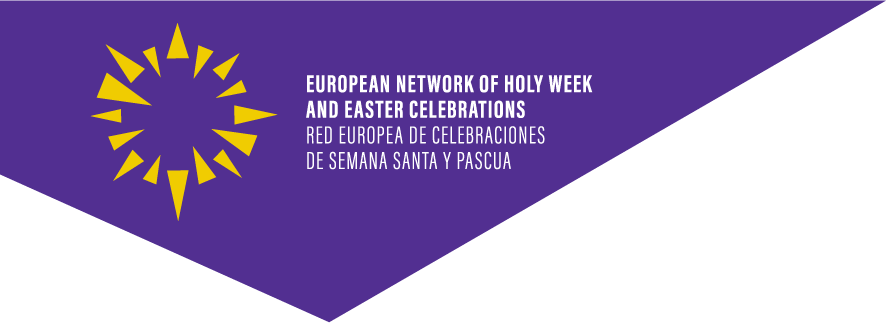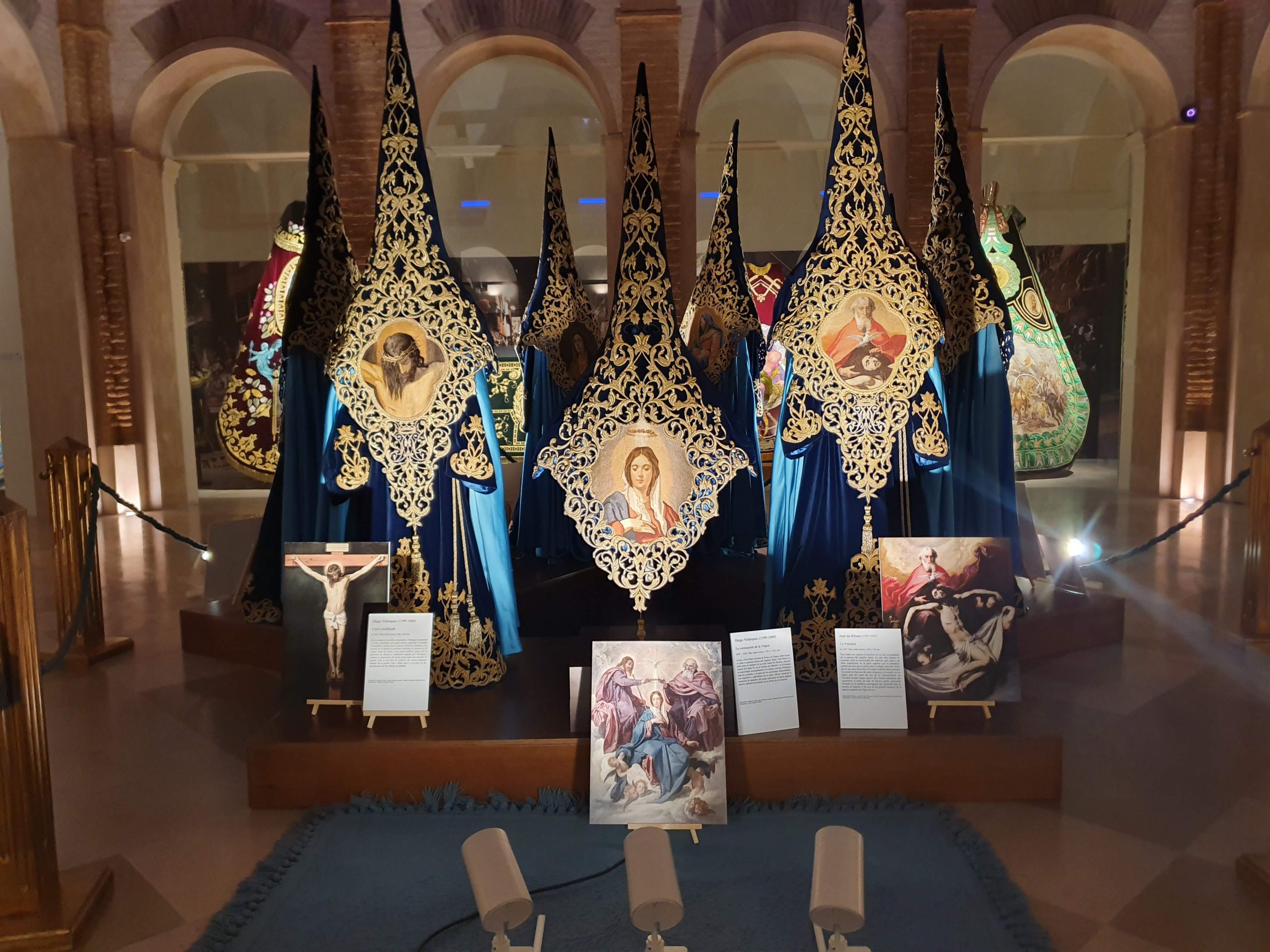
Ends 2023 with the incorporation of three new partners to the European Network
- Idanha-a-Nova and Ovar in Portugal, and Jelsa on the Island of Hvar in Croatia have formalized their membership
- With this incorporation, there are now 21 municipalities that make up the European Network belonging to the countries of Croatia, Slovenia, Spain, Italy, Malta and Portugal
12.12.2023.- The European Network of Holy Week and Easter Celebrations ends in 2023 with the incorporation of three new partners to the institution. During the last few months, the European Network has worked intensively to formalize the accession of Idanha-a-Nova and Ovar in Portugal, and Jelsa on the Island of Hvar in Croatia. With this incorporation, there are now 21 municipalities that make up the European Network belonging to the countries of Croatia, Slovenia, Spain, Italy, Malta and Portugal.
Thus, these municipalities join those that have already been part of the European Network since 2019: the Italian Foundation Federico II, representing the municipalities of Palermo and Caltanissetta, of Sicily (Italy); the municipality of Birgu in Malta; the Lent and Holy Week Celebrations Commission of Braga, in Portugal; the Representations of the Passion of Christ in Skofja Loka, Slovenia; the municipalities that are part of the Caminos de Pasión route: Alcalá la Real in Jaén, Baena, Cabra, Lucena, Priego de Córdoba and Puente Genil in Córdoba and Carmona, Écija Osuna and Utrera in Seville. Also within Spanish geography we find Orihuela in Alicante, Lorca in Murcia and Viveiro in Lugo.
Idanha-a-Nova in Portugal
In the Municipality of Idanha-a-Nova, characterized by being a rural area, there are still traditions of Lent and Holy Week that long ago disappeared in most of the inland regions of Portugal. The nine Mercies existing in the Council, the commitment of the conservators in the Parishes and also the action of the parish priests contribute to its conservation.
During Lent, Holy Week and Easter, the manifestations and expressions of popular devotion are notable, in addition to the traditional processions and outdoor steps, such as the Encounter, the Burial of the Lord or the Resurrection and, in sacred spaces, rituals such as the Song to the Souls, the Martyrdoms, the Rosary of Men, the Litany, the Sacred Passion, the Lady of Sorrows, the Revelations, and even the scenic representations of Our Lord, the Supper of the Apostles, the Descent of the Cross, Mary Magdalene in the Sermon of the Crucified Lord, the Veronica, the Three Marys and the Holy Steps.
More information: https://www.holyweekeurope.com/en/holyweek/idanha-a-nova/
Ovar in Portugal
Lent in the city of Ovar is marked by various manifestations of faith and cultural expressions. Lenten processions were introduced at the beginning of the 17th century and developed thanks to the work of the Brotherhood of Our Lord of the Steps and the Third Franciscan Order. To this day, they continue to be a living heritage full of traditions, preserving original processions and great beauty not only because of their antiquity, but also because of the way in which the people live and feel them.
In 2022, the Ovar Lent and Holy Week Solemnities Commission was created, formed by the parish of San Cristóbal, the Brotherhood of Our Lord of the Steps, the Third Franciscan Order and the Ovar City Council. The commission’s mission is to organize and promote the cultural and religious program of Holy Week in the municipality.
More information: https://www.holyweekeurope.com/holyweek/ovar/
Jelsa in Croatia
The Veneration of the Cross has a long tradition in Hvar and the ‘Za Križen’ processions are linked to the Hvar Uprising and the miraculous event that took place in 1510. The Hvar Uprising was a popular rebellion led by Matij Ivanić against the nobility, in an attempt to give the people a share in the power of the Hvar Commune. The rebellion spread throughout the island and lasted four years. In the 16th century, commoners and privileged nobility were the two main social classes on the island.
The tradition of the ‘Za križen’ procession in Hvar has been celebrated annually for more than 500 years. This tradition was declared Intangible Heritage of Humanity in 2009. Since the Middle Ages, ecclesiastical brotherhoods have taken care of the religious devotions of the people, and have continued to play a fundamental role in the organization of the ‘Za križen’ Procession to this day. from today. The tradition is linked to Holy Week as part of the Passion. On Good Friday evening, after the liturgical rituals inside the parish churches, the Holy Eucharist is carried in a ceremonial procession under a canopy around the parishes throughout the island of Hvar.
More information: https://www.holyweekeurope.com/holyweek/jelsa-es/
More about the European Network
The objective of the European Network is to promote and disseminate cultural heritage, both material and intangible, related to the celebrations of Holy Week and Easter through actions that value this heritage, promote sustainable tourism development around it and contribute to safeguard intangible heritage through scientific and research work. Likewise, its main purpose is to join forces and synergies to consolidate a model for studying, safeguarding and disseminating the heritage of the traditions of Holy Week and Easter in Europe.



